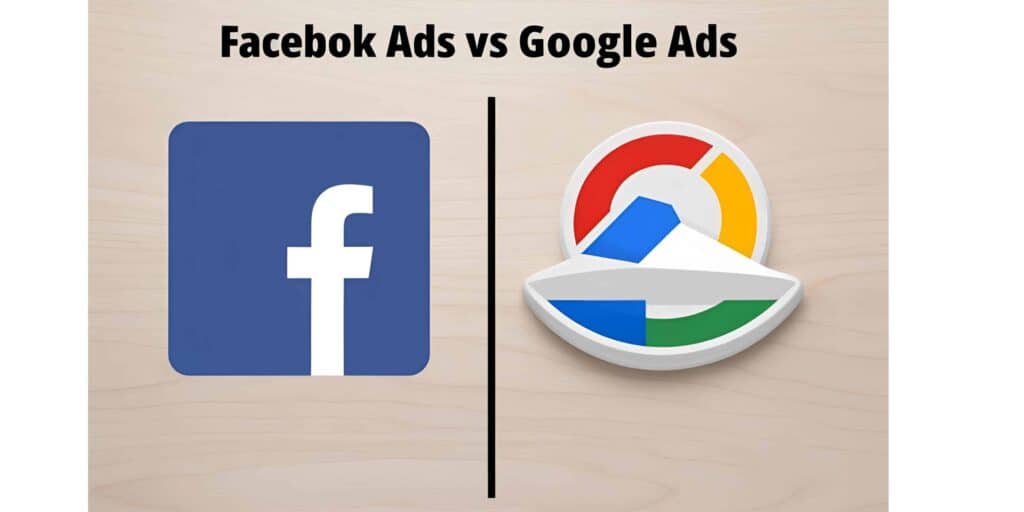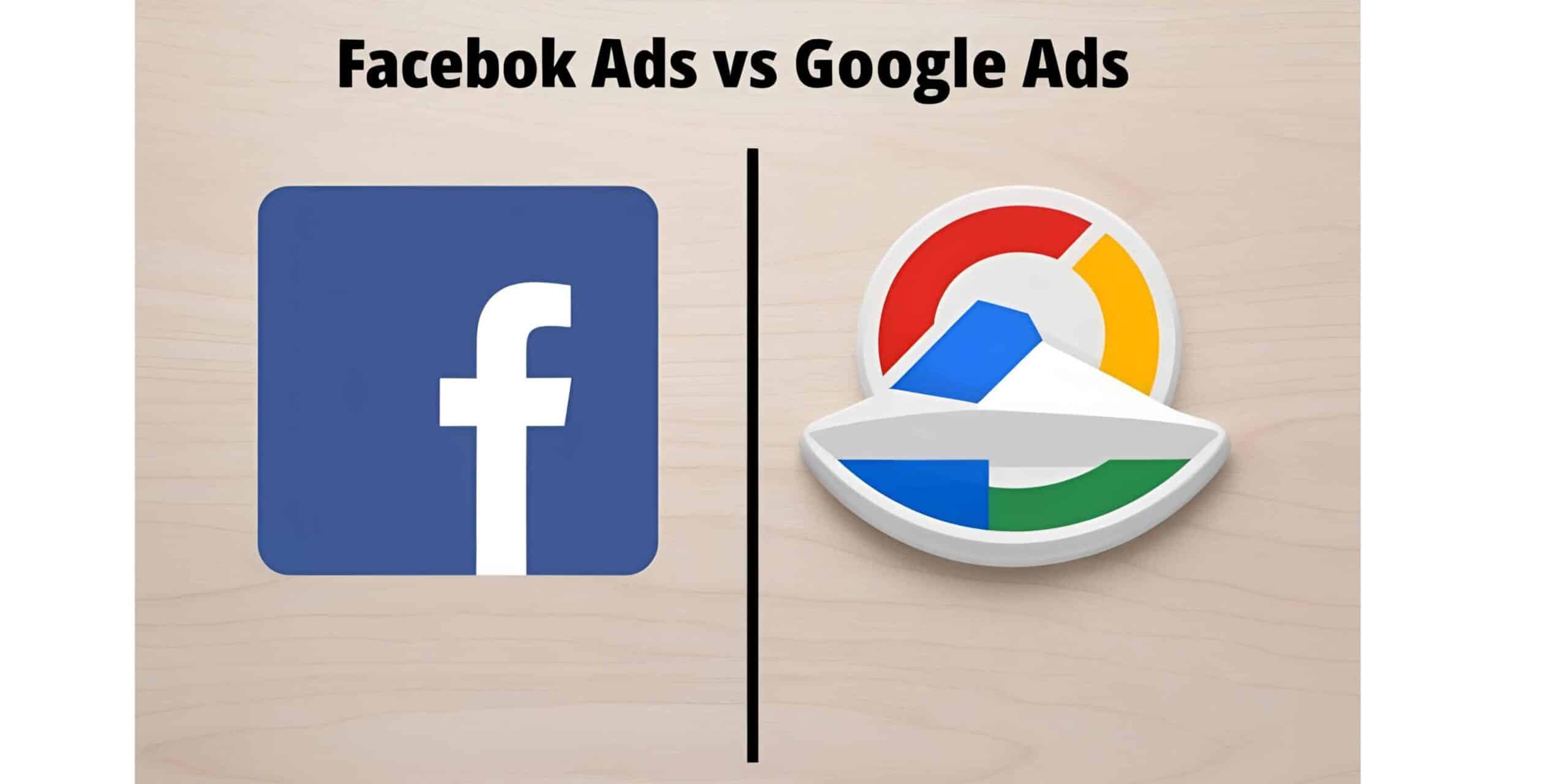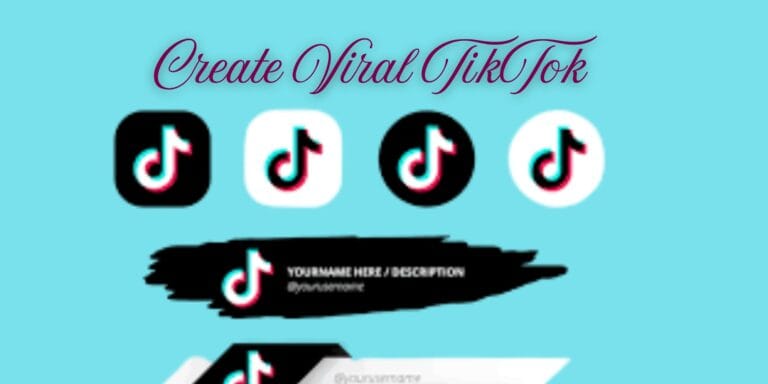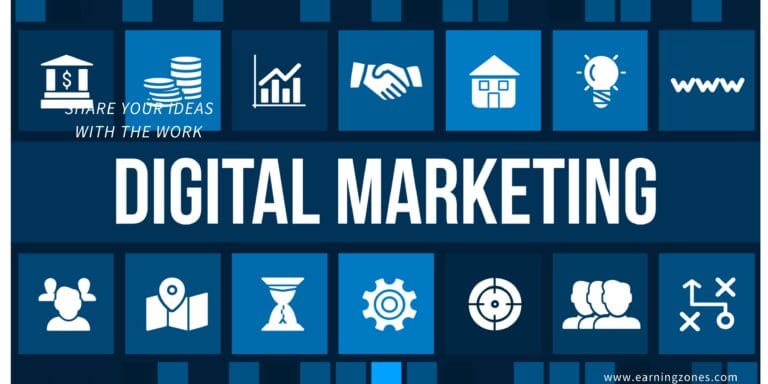Facebook Ads Vs Google Ads: Which is Best for E-Commerce?
If you are running an e-commerce business, digital marketing can be a game-changer for you. However, when it comes to paid advertising, a big question arises – which is better, Facebook Ads or Google Ads? Both platforms come with their unique features, and each has its own advantage. This article will provide you with a detailed comparison of both platforms so that you can make the right decision for your business.

Comparing Facebook Ads and Google Ads for E-Commerce: Which Platform Suits Your Business?
In this article, we’ll focus on the core differences, benefits, and drawbacks of Facebook Ads and Google Ads for e-commerce businesses. Through real-life examples and case studies, we’ll show you how to leverage these platforms effectively to take your e-commerce business to the next level. Let’s dive in and explore which ad platform is the best fit for your needs in today’s competitive market.
Facebook Ads: The King of Social Media Advertising
What are Facebook Ads?
Facebook Ads allow you to reach social media users directly on platforms like Facebook and Instagram. The platform offers precise targeting based on interests, behaviors, demographics, and locations, making it a powerful tool for e-commerce businesses.
Key Features of Facebook Ads
- Highly Targeted Audience: With billions of users, Facebook lets you target specific groups by age, gender, interests, or hobbies. For example, a fashion e-commerce store can target users following fashion or clothing-related pages.
- Engagement-Based Advertising: Ads on Facebook encourage reactions, comments, and shares, boosting organic reach. Formats like video ads, carousel ads, and story ads create interactive engagement.
- Cost-Effective Campaigns: Facebook Ads are budget-friendly, ideal for small businesses. You can set daily or lifetime budgets, offering flexibility to control spending.
- Retargeting Options: Using the Facebook Pixel, you can retarget users who visited your website, reminding them of your products and boosting conversion rates.
Facebook Ads: Real-Life Example
Imagine you run a handmade jewelry business. With Facebook Ads, you can target users interested in “handmade jewelry,” “fashion accessories,” or “artisanal crafts.” By using high-quality images and short video clips, you can enhance appeal and engagement. A case study showed a small jewelry brand achieving a 30% higher engagement rate and 20% conversion rate using Facebook Ads, far surpassing their traditional marketing efforts.
Drawbacks of Facebook Ads
While powerful, Facebook Ads have limitations:
- They excel in brand awareness and engagement but may lag behind Google Ads for direct conversions, especially for products requiring immediate purchase decisions.
- Frequent algorithm changes can impact campaign performance, requiring constant adjustments.
Google Ads: The Superpower of Search Engine Advertising
What are Google Ads?
Formerly known as Google AdWords, Google Ads focuses on search engine advertising, targeting users actively searching for products or services. Its strength lies in capturing users with high purchase intent at the exact moment they search.
Key Features of Google Ads
- High Intent Traffic: Google Ads target users based on search queries. For example, someone searching “best running shoes online” is likely ready to buy, increasing conversion probability.
- Multiple Ad Formats: Options include Search Ads, Display Ads, Shopping Ads, and YouTube Ads. Shopping Ads are particularly effective for e-commerce, displaying product images, prices, and reviews.
- SEO and Paid Ads Combination: A SEO-friendly website paired with Google Ads blends organic and paid traffic, amplifying results.
- ROI-Friendly Campaigns: With proper keyword research, ad copy optimization, and bidding strategies, Google Ads can deliver high ROI within a controlled budget.
Google Ads: Real-Life Example
Suppose you run an electronics store selling gadgets. If a user searches “best budget smartphones 2025,” Google Ads can place your website at the top of results. A case study revealed an electronics retailer improved its conversion rate by 25% by targeting high-intent keywords and optimizing ad copy, reaching customers ready to buy.
Read more:
Drawbacks of Google Ads
- High Competition and Costs: Popular keywords can have high cost-per-click (CPC), making campaigns expensive, especially in broad markets.
- Technical Complexity: Optimizing Google Ads requires technical knowledge and regular monitoring, which can be challenging for beginners.
Facebook Ads vs. Google Ads: Detailed Comparison for E-Commerce
Target Audience and User Behavior
- Facebook Ads: Focus on users’ interests and behaviors. They target people exploring social media, not necessarily searching for products. This makes them ideal for brand awareness and engagement.
- Google Ads: Target users with active search intent. Ads appear when users search specific keywords, aligning with their decision-making moment. This drives direct conversions.
Budget and Cost-Effectiveness
- Facebook Ads: Generally more cost-effective with lower CPC. You can run low-budget campaigns and control spending with daily or lifetime budgets.
- Google Ads: CPC can be high for competitive keywords, requiring larger investments. However, proper keyword research and bid management can maximize ROI.
Ad Formats and Creative Flexibility
- Facebook Ads: Offer diverse formats like carousel ads, video ads, slideshow ads, and story ads. These visually engaging options boost interaction using images, GIFs, or videos.
- Google Ads: Formats are more text- and keyword-driven, especially for Search Ads. Display Ads, Shopping Ads, and video ads provide some creativity, but clarity and directness are key for high-intent searches.
Real-Time Performance Tracking and Analytics
- Facebook Ads: The Ads Manager provides detailed engagement metrics, click-through rates, and conversion tracking, helping optimize retargeting strategies.
- Google Ads: Offer precise insights into keyword performance, ad position, and conversion tracking. You can adjust bids based on top-performing keywords, optimizing ad spend and ROI.
Best Strategy for E-Commerce: Combine Both Platforms
For maximum ROI, a combined approach leveraging both platforms is ideal. Use Facebook Ads to build brand awareness and Google Ads to target high-intent buyers.
Step-by-Step Approach
- Brand Awareness with Facebook Ads: Introduce your target audience to your brand using creative ad formats. Highlight your brand story and product features to engage users and drive initial website traffic.
- Direct Conversions with Google Ads: Once your audience is familiar, target high-intent buyers searching specific keywords. Use optimized ad copies and high-intent keywords to boost conversions.
- Retargeting Campaigns: Retarget website visitors using Facebook Pixel and Google remarketing tags. This nudges users toward completing purchases.
- Continuous Optimization and Analytics: Regularly analyze performance metrics using both platforms’ tools. Conduct A/B testing on ad copies, formats, and targeting to optimize ad spend and conversion rates.
Real-Life Case Studies
Case Study 1: Fashion E-Commerce Brand
A small fashion brand selling dresses and accessories used Facebook Ads to reach its target audience with interest-based targeting and carousel ads. This led to a 35% engagement rate. Shifting to Google Ads, they targeted keywords like “latest summer dresses” and “designer accessories online,” improving their conversion rate by 28%. The combination of both platforms significantly boosted overall revenue.
Case Study 2: Electronics E-Commerce Store
An electronics retailer adopted an integrated approach. They used Facebook Ads for brand awareness, leveraging engaging videos and infographics to showcase product features. Then, Google Ads targeted high-intent search queries, improving traffic quality. Retargeting efforts added a 20% conversion boost. This strategic use maximized their ROI.
Impact of Facebook Ads and Google Ads on E-Commerce: Detailed Analysis
Role in the Customer Journey
- Facebook Ads: Excel in awareness and initial interest. Users casually scrolling see your ads, fostering brand recall for future visits.
- Google Ads: Shine during decision-making moments. They provide relevant solutions when users search, driving purchases.
Budget Allocation and Optimization
- New Brands: Focus on Facebook Ads initially to build market presence and a loyal audience.
- Established Brands: Shift to Google Ads for direct sales and conversions, using targeted campaigns. Use analytics tools to track performance and reallocate budgets.
Tools and Metrics
- Facebook Ads Manager: Tracks engagement rate, reach, impressions, and conversions.
- Google Ads: Monitors keyword performance, quality score, and ad rank, guiding precise optimizations.
FAQs (Frequently Asked Questions)
Q1: Are Facebook Ads cheaper than Google Ads?
A1: Generally, Facebook Ads have a lower CPC, but Google Ads may offer better conversion quality due to high user intent.
Q2: Can an e-commerce business grow using just one platform?
A2: Yes, but a smart combination of both yields the best results. Use Facebook Ads for engagement and Google Ads for high-intent buyers.
Q3: Are Google Shopping Ads the best for e-commerce?
A3: Yes, for physical products, Google Shopping Ads are highly effective, displaying images, prices, and reviews to speed up decisions.
Q4: How beginner-friendly are Facebook Ads?
A4: Facebook Ads have a user-friendly setup and targeting options, but maximizing performance requires regular testing and optimization.
Q5: Can both platforms be run simultaneously?
A5: Absolutely! An integrated approach—building awareness with Facebook Ads and driving conversions with Google Ads—delivers optimal results.
Conclusion
For e-commerce businesses, both Facebook Ads and Google Ads are powerful tools. Facebook Ads excel in brand awareness, engagement, and audience building, while Google Ads dominate for targeting high-intent buyers and driving conversions. Combining their strengths through a strategic, integrated approach can help you achieve your business goals.
Success lies in smart marketing and continuous optimization. Understand your target audience, budget, and goals, and use both platforms strategically to take your e-commerce business to the next level.
Visit Here for More Information: Earningzones.com
If you’d like a chart to visualize data, such as a bar chart comparing engagement rates or conversion rates from the case studies, let me know, and I’ll generate one!







